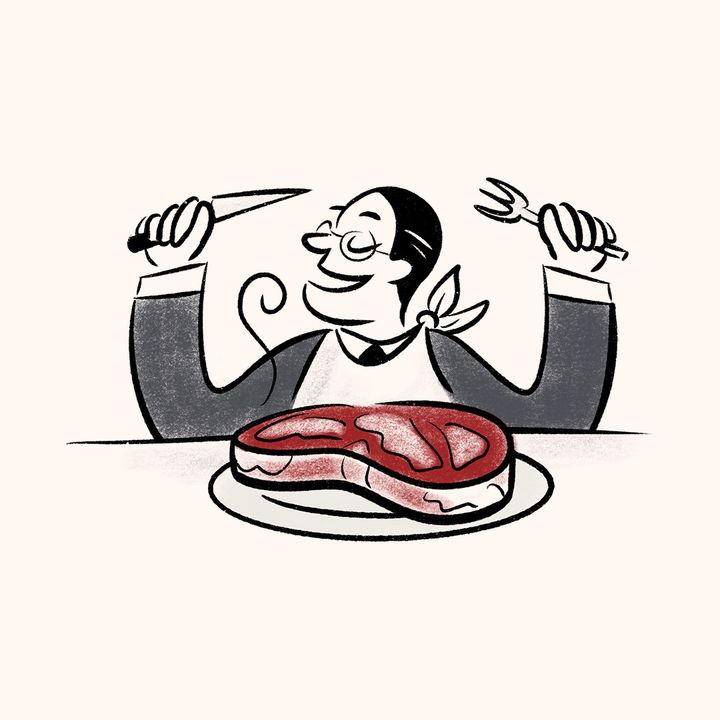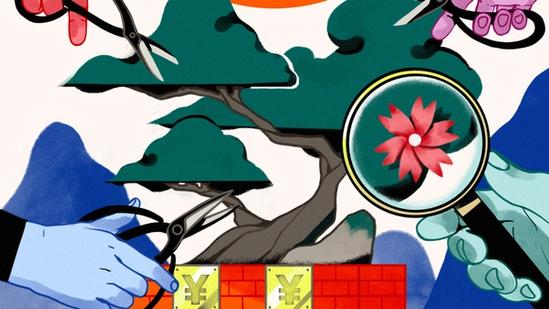“Everything I Learned From one Fateful Trip to Omaha, Nebraska”


The year is 2002. Battered by the waves following the Asian Financial Crisis, Jean Salata and his newly formed team are down on their luck. But then a team trip to the most unlikely of locations helps them turn it all around and rediscover their mojo. Here is the curious story of how going to see Warren Buffett in Omaha, Nebraska, led to a change in mindset.
Before we became part of EQT, BPEA had its own origin story. We raised our first fund riding on the shockwaves of the 1997 Asian financial crisis.
With the $25 million seed capital from our sponsor ING (who had essentially bought Barings when they went bust), we were able to make four or five investments in some very small companies. Right in the midst of all that turmoil, lo and behold, we were able to pick a couple of big winners.
That little bit of luck and sweat gave us our first fund — about $300 million. Although we didn’t know it at the time we were about to lurch from one crisis to the next.
Our strategy had been pretty opportunistic. If we liked the look of a company, we’d invest. We were doing all sorts of investments: multiple industries, existing businesses, startups, some tech, a bit of manufacturing. Everything was doing well — for a period of time.
Then the dot-com bubble burst in 2000 and we found ourselves on the wrong side of it. Suddenly the wind, which had been on our backs driving us forward, had become a mighty headwind.
Our portfolio and the returns faced a lot of damage. We asked ourselves: “How can we get our mojo back? How can we focus on what we will do best? And how can we define and crystalize success into a strategy?” We were grasping for inspiration.
I was a fan of Warren Buffett. I started re-reading his strategies, trawling for ideas. A lot of the team had the same idea. Buffett wasn’t in our world, per se, and he has lots of attributes that aren’t true to what we — or EQT — are but, at the very least, we thought his lessons might provoke some interesting questions for us to try to answer.
So I decided to fly us out from Hong Kong to Omaha, Nebraska, to the center of the universe for value investing: the Berkshire Hathaway Annual Investor Meeting.
We went to the other side of the world looking to get our mojo back. Many of the people on that trip are still with us today, like Gordon Shaw, Jack Hennessy and Kenneth Cheong.
Back in 2002 when we made our pilgrimage, the Berkshire AIM was considerably smaller. Today it attracts over 50,000 attendees but back then it was way under 10,000 people — a much more intimate affair for insiders. Our entire team was under 20 people but we all made the trip.

We listened to all the talks, including one by the late Charlie Munger, and absorbed the conversations around us. The Oracle of Omaha reminded us that there were other people in the world also feeling battered and bruised by the market. We weren’t alone, on the fringes of what was happening. It felt a bit like home. And though we didn’t realize it then, we were on the speartip of what was happening in Asian investing at the time.
One key topic in the air was Buffett’s concept of “buying good intrinsic value in a business at a discount.” It was something that really resonated with us. These ideas about preserving a capital margin of safety and ascertaining the true value in a business was an epiphany.
It wasn’t that we were hearing all new material — we’d already been doing a lot of it successfully — but we connected the dots between why that particular approach had worked for us so well and how we’d been hit as a result of straying from those core beliefs. In short, it was precisely what we needed to hear. Plus, we got a team photo with Warren Buffett and Charlie Munger.
Afterward, we reconvened in our hotel conference room. It wasn’t a glamorous affair. Picture a windowless room in the basement, with whiteboards and stackable chairs. But that didn’t bother us. We were full of ideas. We spent the day locked in conversation and debate, mapping out strategies for the next phase of our business.
That was the beginning of our transition away from being opportunistic and instead focusing on value, earnings multiples, and the growth of the cashflows in a business. We coined a mantra for the new approach which stayed with us for years: “Buying growth at a discount.”
At the time, private equity was still a very new industry in Asia. Lots of companies wanted to go public but not all companies were ready or able to do so.
The problem — or opportunity, as we saw it — was that the public markets were valuing companies at a much higher rate than the private companies. We were essentially able to buy those same companies at a discount, compared to if they’d been trading as public companies. And that became a very good strategy which we executed for a long time.
To cap off the trip, we went to Gorat’s (widely known as “Warren Buffett’s favorite steakhouse’“). The only disappointment of the lunch was that we didn’t bump into Warren Buffett!
Although the mojo trip was a success, we obviously didn’t recover overnight. It took years to implement the new approach we’d started to cook up over those few days in Omaha — and there were more tough times to follow.
But taking the time to learn from our mistakes and come together as a team to think about our future really paid off in the long run. It just goes to show you what a conversation over a decent steak can do.
ThinQ by EQT: A publication where private markets meet open minds. Join the conversation – [email protected]




